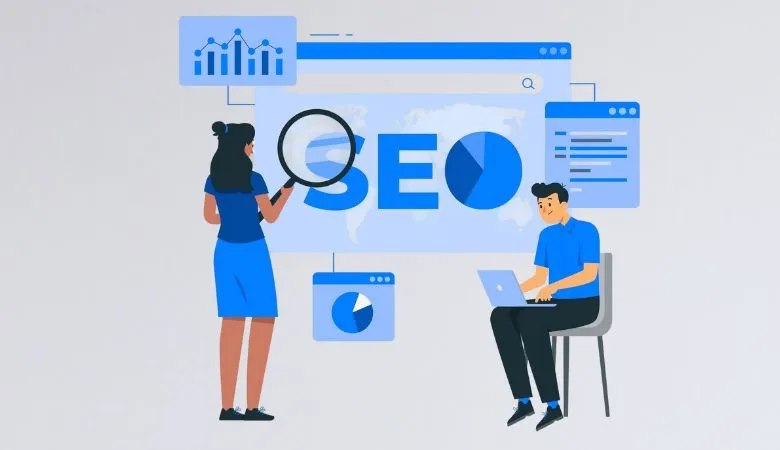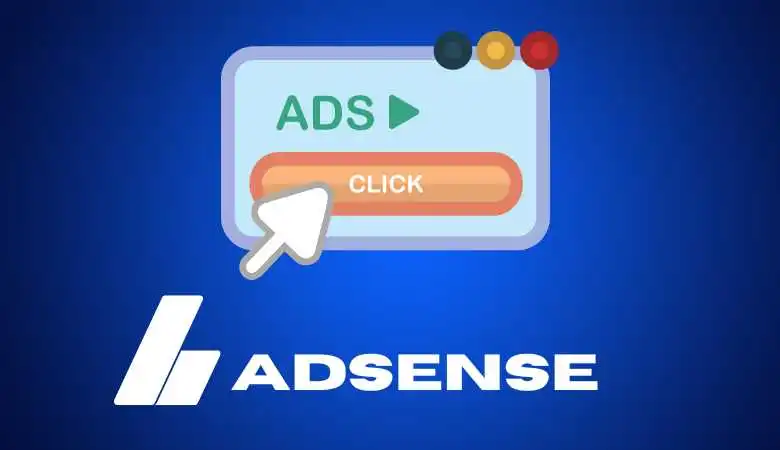eCommerce Marketing Trends of 2025 You Should Know

E-commerce is already a fundamental part of the global retail market. This new year, the ecommerce market seems to be loaded with several interesting trends.
YouTube Shopping Expands
YouTube Shopping is a YouTube feature that allows content creators to connect their online store (or that of another brand) to their channel to promote and sell products. It works in a very similar way to the Instagram shop, which also allows you to tag products and create a kind of online catalog.
YouTube Shopping dates back to 2022 thanks to an agreement between the video platform and Shopify, and since then, they have not stopped adding new features. The latest one arrived in 2024 in the form of an “affiliate program”, which allows creators to tag products directly in their videos so that users can buy them directly.
At the moment, this program is only available in the United States and South Korea, although they have also recently announced that it is expanding to Indonesia, Thailand and Vietnam. Although it has not yet arrived in Europe or Latin America, it is worth keeping an eye on this feature so that it does not catch us by surprise when it lands in the country.
Generative Artificial Intelligence applied to e-commerce
In addition to using AI to create content (blog articles, product descriptions, calls to action, images, etc.), in 2025 we will see more and more e-commerce sites implementing AI in other aspects, specifically those that help users find exactly what they are looking for.

In this sense, we are already seeing how AI is applied to image search on commerce platforms, as well as to purchasing assistants. Therefore, we recommend that if you are thinking of implementing functionalities with Artificial Intelligence in your ecommerce, do not lose sight of these two applications.
This technology is so important that even the largest marketplaces are taking it into account . Amazon has already implemented an AI-powered assistant that can answer questions about products based on buyer comments and provide general summaries of reviews.
Online-to-offline commerce (O2O)
Online-to-offline commerce is a strategy that involves attracting potential customers to online channels, but with the goal of making purchases in physical stores . This strategy, as contradictory as it may seem, is starting to become a trend because many retailers have realized that online shoppers are less likely to make large purchases and research different products, since they usually already have in mind what they want to buy and get more to the point.
Because in-person shopping naturally leads to higher-value purchases, the O2O model encourages online users to put aside their devices to visit the brand’s physical stores, which also greatly reduces logistics costs .
A less radical online-to-offline option that many brands are also adopting is to offer incentives to buy online and pick up in store or to buy online and return in store. In this way, you encourage the customer to visit the store and increase the chances of having more significant conversions.
Augmented reality in e-commerce: increasingly used
Augmented reality is a technology that allows digital information to be superimposed on what is captured from the real world through an electronic device, usually a mobile phone. For some time now, we have been seeing how more and more e-commerce (and also marketplaces) are using this technology in their environment, becoming one of the most powerful e-commerce trends for 2025.
Specifically, what is most being seen is a use aimed at allowing users to see how certain products look in reality before making the purchase, whether it be furniture, decorative objects or makeup, among others.
This has many benefits. On the one hand, it boosts conversions and offers security to users , while at the same time it reduces the rate of returns , which can become a real headache for e-commerce sites.
According to the latest reports on the subject, implementing AR in an online store can increase conversions by an average of 27%.
Subscription models
Did you think that subscription models were only for digital services? 2025 seems to be going to prove us wrong. More and more consumers are looking for a more attentive and personalized service , as well as companies that think about more than just their transactions.
Faster deliveries for everyone no matter where
Despite logistics and shipping costs being one of the main challenges to the profitability of online retailers, by 2029 it is expected that around 66% of deliveries will be made on the same day as the order is placed or, at most, the next day. This is because more and more consumers choose brands based on their speed of delivery, so companies that cannot meet these standards risk becoming uncompetitive and losing their share of ground.
To meet these expectations, more and more retailers are investing in logistics infrastructures such as automated or micro-fulfillment centers.


![Old and Present SEO Practices: Guide for the Latest SEO [2025]](https://www.scrolltrendy.com/wp-content/uploads/2025/01/Latest-SEO.webp)


![Digital Marketing Trends in 2024 [AI & More Advancements]](https://www.scrolltrendy.com/wp-content/uploads/2024/07/Digital-Marketing.webp)
